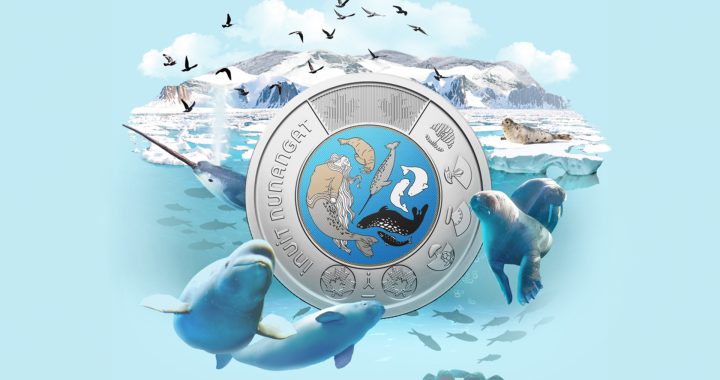After what those who live in the region say has been more than four decades of struggle, people in northern Manitoba impacted by the Churchill River Diversion (CRD) are looking at the end of the line.
After decades of seeing one-year licenses renewed by the province as they try to negotiate a way to save or at least partially restore a way of life interrupted by the diversion, people in the region say Manitoba Hydro’s operations near South Indian Lake may be on the verge of getting a permanent licence to continue manipulating water flows.
As the provincial crown corporation raises and lowers the water flow to increase hydro-electric power generation, the ecology of the region has been changed dramatically, local residents say.
APTN Investigates: Power – Watch part 2 here.
First Nations’ people say that manipulation has largely devastated a way of life which evolved over millennia.
Lianna Anderson was a child when the CRD came, growing up in fishing and trapping with her family in South Indian Lake. She remembers a surreal scene when the initial flooding of Southern Indian Lake happened.
“It was so crazy because the water came up so fast,” says Anderson. “But I just remember walking literally in a forest where the water was just clear. And if you can imagine, jackfish, pickerel just swimming between your legs, around the trees.”
Sitting on the shore of Southern Indian Lake, the community of South Indian Lake was once home to a successful commercial whitefish fishery. But with Hydro’s CRD – which began operating in 1976 – came the beginning of the end. And soon, according to information obtained from the provincial department of Conservation and Climate, Manitoba Hydro may move beyond the interim licence given to the CRD in 1973.
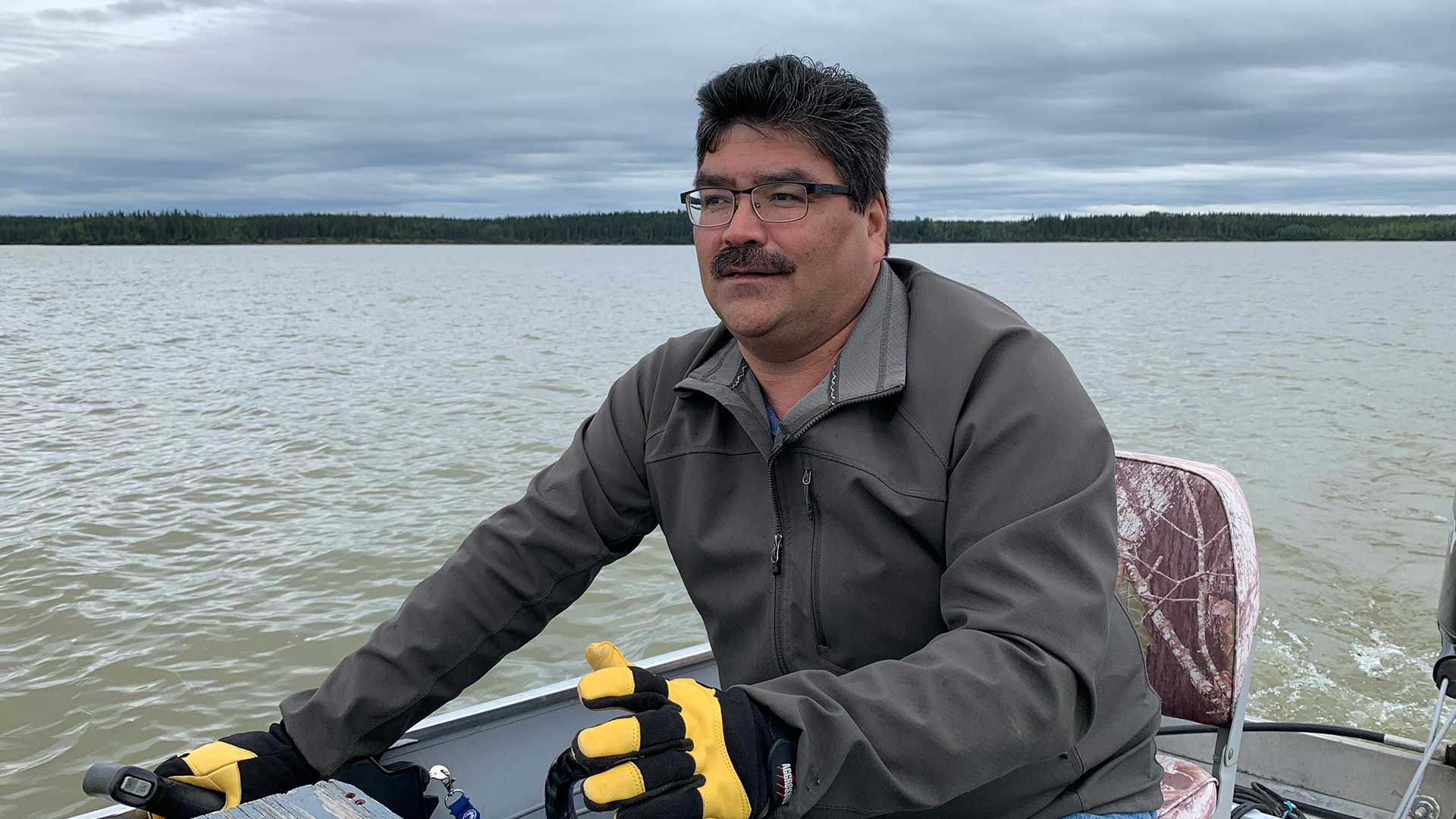
“We’ve become aware that Manitoba has set a timeline to make a decision on final license this fall,” says Les Dysart, CEO of the Community Association of South Indian Lake, Inc. (CASIL). CASIL was created to allow the community of South Indian Lake to negotiate compensation with Manitoba Hydro for the impact Hydro brought with its CRD.
Dysart points to a letter sent this summer to O-Pipon-Na-Piwin Cree Nation – the reserve at South Indian Lake. In the letter, the chair of a Conservation and Climate steering committee writes, “Manitoba anticipates to make its decision on the licence in the Fall of 2020.”
APTN Investigates has confirmed with the province that the timeline for the final licence indicated in the letter to O-Pipon-Na-Piwin Cree Nation is accurate.
In Power, Part 1, APTN visits Les Dysart and others in South Indian Lake and nearby Leaf Rapids to see first-hand the people, the ecosystem and the economy still struggling in the aftermath of a hydroelectric project completed more than four decades ago.
For Dysart, the initial flooding of Southern Indian Lake and early operating standards of the CRD are a lesser evil than a current mode of operation known as the Augmented Flow Program.
Augmented flow has Manitoba Hydro diverting more water on average from the Churchill River into the Nelson River and it requires a yearly authorization from the Conservation ministry. The ministry authorization allows Hydro to operate the CRD with greater maximum and lesser minimum levels of water than would have been allowed under the interim licence granted to the CRD in 1973.
“You know, if they would have did what they promised to do and operate under the 1973 license, we probably could have lived in some kind of harmony,” says Dysart. “But right now, it’s really lopsided. Hydro operates this lake to extreme water levels and extreme fluctuations – de-watering of the lake, so to speak, four-and-a-half feet. And with some science, we’ve proven that collapsed our lake whitefish population, which is the backbone of our fishery.”
Dysart points to a 2013 report by scientist Drew Bodaly who is now an associate with Azimuth – a consulting firm that looks at ecological effects of environmental contamination. Bodaly tracked declines in whitefish on South Indian Lake since the Churchill River Diversion, and found that large drops in whitefish catches tend to happen a year after peak flows out of the Missi Falls Dam, which is part of the Churchill River Diversion.
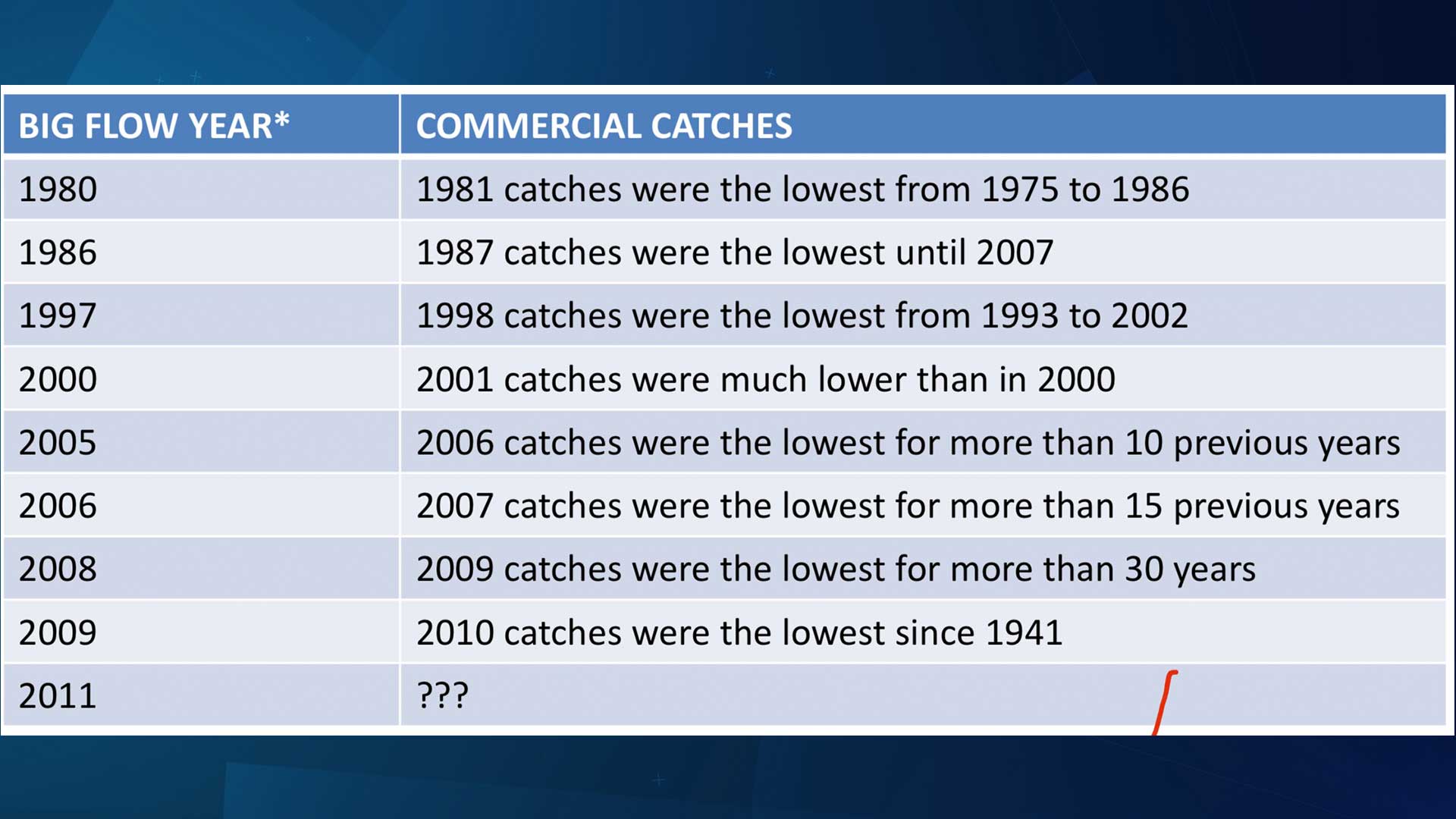
According to Manitoba Hydro, its augmented flows “are about 15 percent greater,” meaning there is 15 percent more water flowing through the CRD route than would be allowed under the initial licence given to Hydro.
In a statement provided to APTN Investigates, Hydro disputes the notion that augmented flow is necessarily the most significant culprit in whitefish declines.
“A range of studies have also been undertaken over time regarding hydroelectric effects on Southern Indian Lake. Understandings to date suggest it is generally not possible to discern and quantify the impacts between the original licence and the Augmented Flow Program,“ the Hydro statement read.
As well, the province’s statement on licencing the CRD says: “Manitoba Hydro has requested that the Augmented Flow Program be included in the Final License as it has been part of the operating procedure since 1986.” The statement goes on to say that it will be the Minister of Conservation and Climate who will decide whether Hydro is licenced for augmented flow.

The CRD makes the hydroelectric generating potential of the Nelson River even greater, by diverting the Churchill River into it. Manitoba Hydro built a dam at Missi Falls on Southern Indian Lake, turning the lake into a reservoir, and also reversing the natural northward flow of the Churchill River. Proceeding southward, the water makes its way via a diversion channel to the Nelson River, thereby adding its liquid might to spin turbines in a series of hydroelectric facilities.
While the CRD is an impressive testament to our ability to harness and redirect nature, it’s also virtually erased a way of life.
With a degree in chemistry and biology, Jim Senka worked for Manitoba Hydro conducting a level survey ahead of the construction of the CRD system.
“This was a highly accurate form of survey,” says Senka. “It was to determine the level of the water in South Indian Lake against the level of the water in the Nelson River. And the object was to find out how much they had to raise the level of the water in South Indian Lake in order to divert the Churchill River into the Nelson River to get a few more feet of water for the power dams.”
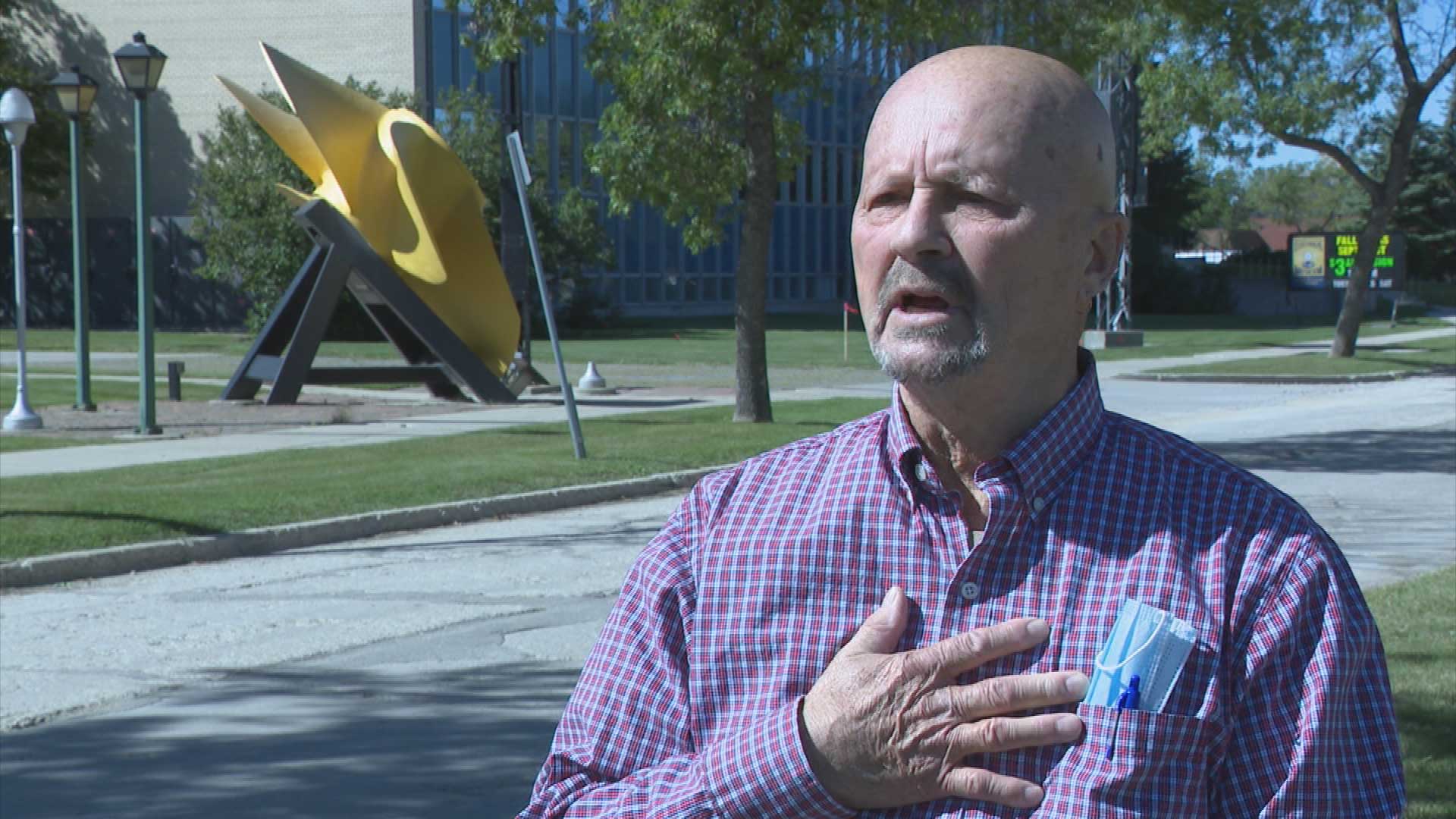
And Senka found while working there that the community of South Indian Lake was a very special place.
“It was very prosperous,” says Senka. “That lake was full of natural resources and the people lived off it. There was no welfare. There was virtually no law enforcement. The Mounties would fly in maybe once every two or three weeks, go up to the nursing station, have a coffee and then take off and leave. So they got along really well together and it was respectful of each other and it was a happy, prosperous community.”
Indeed, Senka loved South Indian Lake so much, he decided to move back up there and eventually work for the Department of Fisheries and Oceans after his Hydro job took him to other locales. Working for the DFO, Senka helped record the effects of the CRD on the aquatic habitat.
“I think the one of the most devastating things that happened is when the water level in the lake rose, it came into contact with the soil along the shore of the lake,” says Senka. “And a lot of toxic chemicals were dissolved into the water. That lake now, for example, has a mercury level.”

Lianna Anderson’s brother Dennis Anderson says he remembers the impact on fishing happened quickly.
“The amount of fish, number one, that you are catching just plummeted like overnight,” says Anderson. “You’d be sitting there cleaning white fish and because they like eating little clams and such like off the bottom of the lakes and stuff like that, you’d gut them open and their gizzards or their stomachs would be just full of pine needles.”
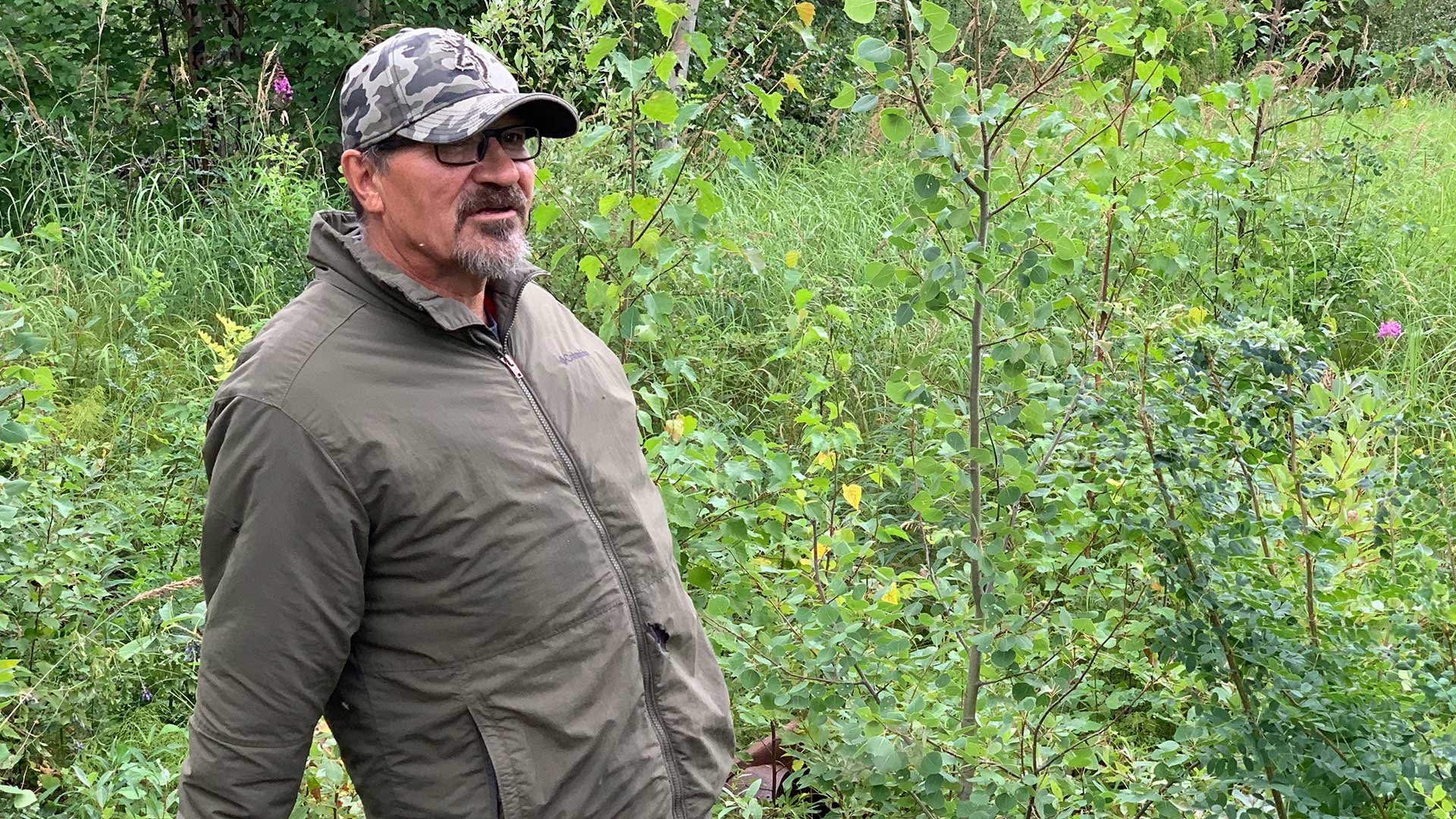
And things have not improved, says Les Dysart.
“A million pounds of lake whitefish sold internationally now we’re less than a, you know, about 75,000 kilograms, all species combined with our fishery,” says Dysart. “We’re in collapse. We’re in survival mode trying to maintain the fishery.”
-30-










